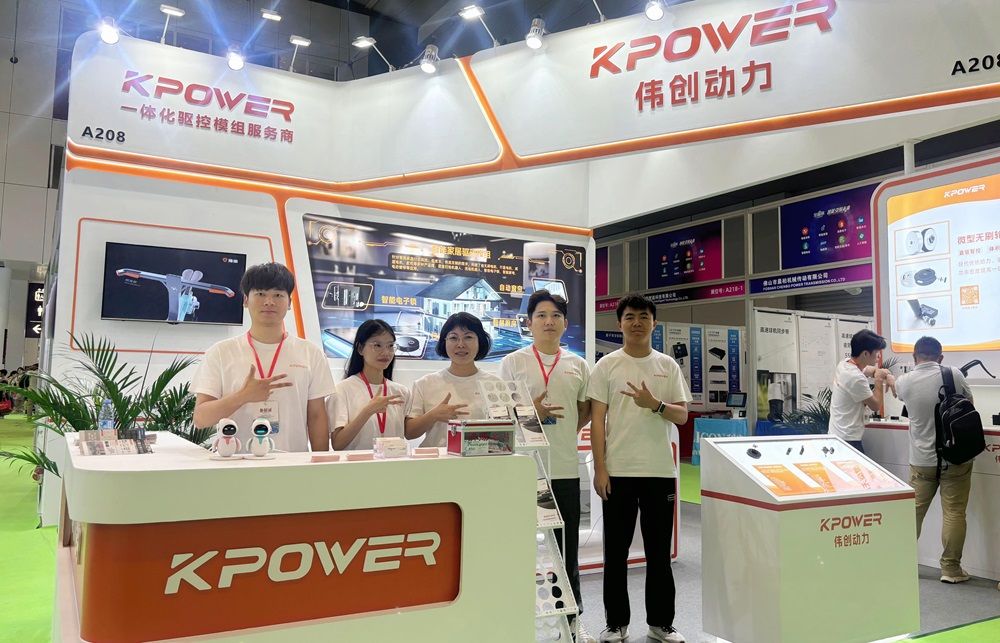Imagine a symphony orchestra—each instrument meticulously tuned to contribute to a harmonious performance. In the world of modern automation, servo motors paired with their drives are akin to the conductor, orchestrating complex movements with finesse and precision. This union brings to life a range of applications from robotics and manufacturing to aerospace and healthcare, where accuracy and responsiveness are non-negotiable.

Understanding the Fundamentals:
At its core, a servo motor is a rotary or linear actuator capable of precise control of angular or linear position, velocity, and acceleration. Unlike regular motors that simply spin when powered, servo motors are equipped with feedback mechanisms—usually encoders or resolvers—that continuously monitor their position and relay this information back to the drive. This feedback loop enables real-time adjustments, ensuring the motor’s motion aligns perfectly with the desired commands.
The servo drive, often referred to as the servo amplifier or controller, acts as the brain of this system. It interprets commands from a control system—such as a PLC or CNC controller—and adjusts the power supplied to the motor accordingly. By doing so, servo drives not only regulate the motor’s movement but also protect the system against overloads, faults, and other anomalies.
The Synergy of Servo Motor with Drive:
The combination of the servo motor and its drive results in an intelligent motion system capable of performing complex, high-speed operations with unparalleled accuracy. This duet offers several advantages:
Precision and Repeatability: The feedback loop ensures movements are exact and repeatable, ideal for manufacturing processes requiring tight tolerances. Speed and Acceleration: Sophisticated drives can optimize acceleration profiles, reducing mechanical stress and improving cycle times. Dynamic Response: Rapid adjustments in position or velocity are possible, enabling the system to adapt seamlessly to changing demands. Energy Efficiency: By modulating power in real time, servo systems minimize energy wastage, contributing to greener operations.
Design and Components:
A typical servo system integrates three main components:
Servo Motor: Available in various forms—brushless, brushed, linear—each suited to specific applications. Brushless DC motors (BLDC) are popular for their high efficiency and low maintenance. Servo Drive: The control unit that manipulates power delivery, incorporating sophisticated algorithms like PID control or adaptive control for fine-tuned responses. Feedback Device: Encoders or resolvers that provide real-time position or speed data to the drive.
This modular setup allows engineers to tailor systems specifically to application needs—be it high-speed pick-and-place robots, precision CNC machining, or heavy-duty industrial presses.
Advantages Driving Adoption:
The appeal of servo motors with drives lies not only in their technical capabilities but also in their versatility. Some compelling reasons industries turn to these systems include:
Enhanced Product Quality: Consistent and precise motion control improves surface finish, dimensional accuracy, and overall quality. Reduced Downtime: Intelligent drives monitor system health, anticipate failures, and facilitate maintenance, reducing unexpected outages. Flexible Automation: Programmable drives allow reconfiguration for different tasks without hardware changes. Integration with IoT: Modern servo drives support connectivity features, enabling remote monitoring, diagnostics, and data-driven optimization.
Real-World Applications:
Servo motors with drives have transitioned from niche machinery to core components in various sectors:
Robotics: For articulated arms, collaborative robots, and autonomous vehicles that demand high repeatability and safety features. Manufacturing: In CNC machines, robotic welding, and material handling systems where precision and speed translate to productivity. Aerospace: To control flaps, landing gear, and other critical flight components where accuracy and reliability are non-negotiable. Medical Equipment: In imaging devices, surgical robots, and diagnostic machinery, ensuring patient safety and treatment efficacy.
Choosing the Right System:
Selecting an appropriate servo motor and drive combination requires balancing several factors:
Torque and Power Requirements: Ensuring sufficient force for the application's load. Accuracy and Resolution: Matching feedback device specifications to desired precision. Operational Environment: Considering factors like temperature, dust, moisture, and vibration. Control Complexity: Evaluating whether simple point-to-point control or more advanced tuning methods are needed.
As automation grows increasingly sophisticated, the importance of understanding these underlying systems becomes more vital than ever. The right servo motor with drive not only accelerates production but also enhances adaptability, quality, and sustainability—key ingredients for thriving in the digital age.
Established in 2005, Kpower has been dedicated to a professional compact motion unit manufacturer, headquartered in Dongguan, Guangdong Province, China.




































